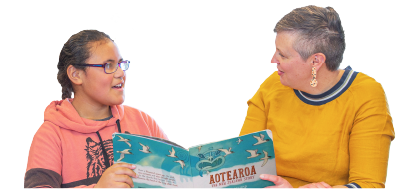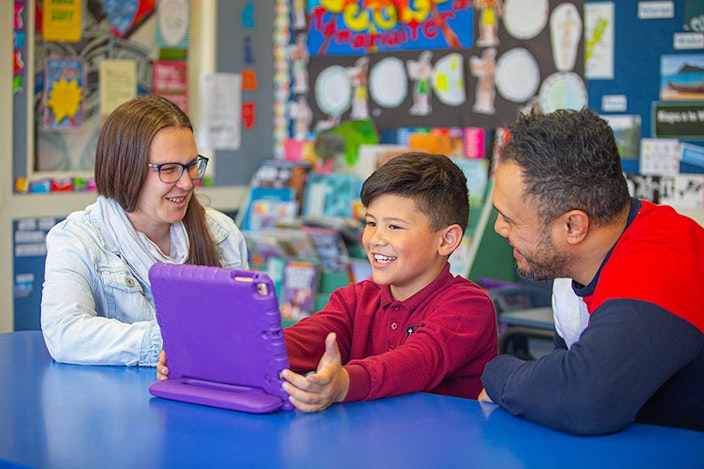Being culturally responsive
Being culturally responsive
Being culturally responsive requires a willingness to be open, and sometimes to make and learn from mistakes.
To enhance learning outcomes, kaiako need to create learning contexts that are relevant and support Pacific learners to connect in meaningful ways. This builds the trust and respect needed to enhance Pacific learners identity, language, and culture.
It is important to work in partnership with Pacific learners and include their families in activities and decision making, respecting their values and asking what their preferences are. If you feel unsure, ask Pacific families how things could be done and how they want it done, and use this knowledge as you support your learners. One example is asking Pacific families about appropriate blessings for food at class celebrations and shared lunches. Be aware that not all Pacific learners are the same. They are culturally diverse and live within both European and Pacific cultures; and within that, their own cultural identity.
When interacting with Pacific people it is important to understand their communication styles. In some situations, Pacific people may prefer to communicate with another Pacific person or be more comfortable speaking their own language. The relationships you build with your Pacific learners and their families will enable you to engage in communication that is purposeful and culturally responsive.
You may need to refer to the values, identify what is important to Pacific families, and get support for people who need it in line with Pacific values. If you have any doubts, check with people you are supporting to ensure that they feel culturally safe.


